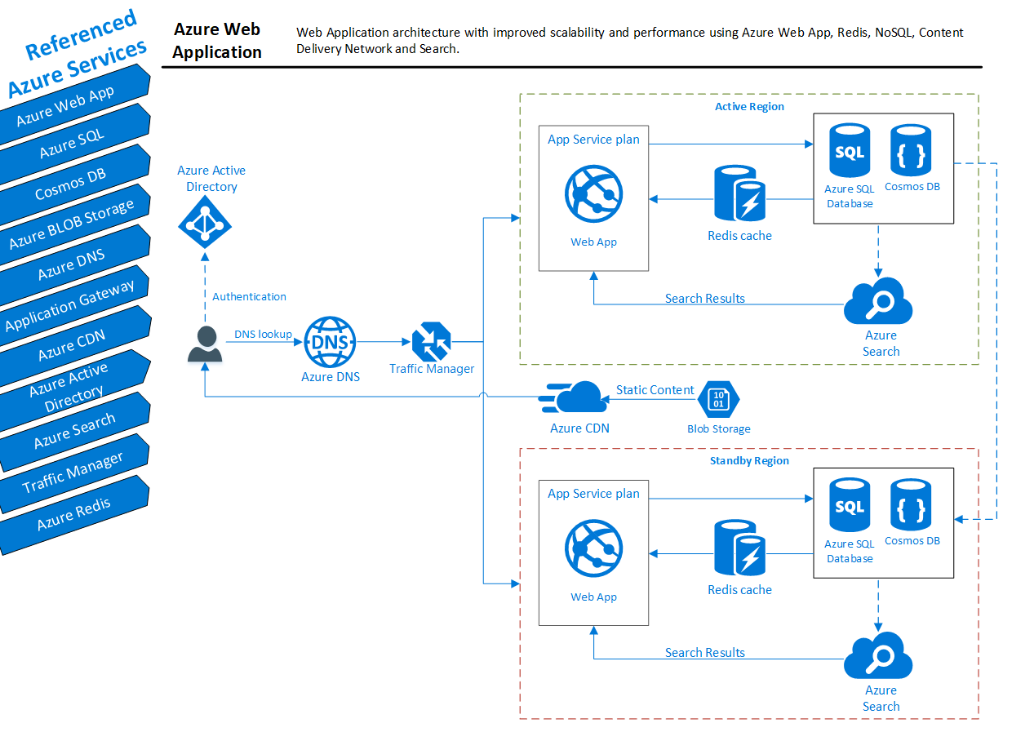

- #Sql anywhere client deployment install
- #Sql anywhere client deployment 64 Bit
- #Sql anywhere client deployment software
- #Sql anywhere client deployment Pc
If you initialize a LINQ to SQL DataContext with a SqlCeConnection object, as I describe here, no additional configuration is required. If you are using only ADO.NET “Classic” (no LINQ to SQL or Entity Framework), this is all you need for private deployment.
#Sql anywhere client deployment Pc
You can now test that private deployment works either by uninstalling the 3.5 SP2 runtimes or on a PC without the runtimes installed. Now build the project, and look in the bin/debug folder, to make sure all files are copied with the project output. Make sure the Version (Assembly Version) is 3.5.1.50, that indicates that it is the correct file:


Now add a reference to the ADO.NET provider in the root project folder: Also set this file as Content, Copy Always: Then add files from C:\Program Files (x86)\Microsoft SQL Server Compact Edition\v3.5 to the x86 project folder, in the same way:įinally, add the ADO.NET provider () to the project root, add this file form the C:\Program Files\Microsoft SQL Server Compact Edition\v3.5\ Private (!) folder. Make sure all files are included with Build Action = Content, and Copy to Output Directory = Copy Always: So, add the files from C:\Program Files\Microsoft SQL Server Compact Edition\v3.5 to the AMD64 project folder, using Add, Existing Item (make sure to change the filter to “All files”):
#Sql anywhere client deployment 64 Bit
The files in the “C:\Program Files” folder are all 64 bit files, and the files in the “C:\Program Files (x86)” folder are all 32 bit files (on 圆4 systems) 0, you can view the file version in Windows Explorer. Make sure that all files you include have the exact same file version, or you will fail. I am using (like most these days) a 圆4 machine, and it has the most recent files for both platforms already installed. If you are using a 32 bit machine, only the 32 bit files are installed on your machine, and you must manually extract the 64 bit files to a folder as described here. NOTE: This convention, based on the value of the PROCESSOR_ARCHITECTURE environment variable is a special SQL Server Compact feature. So create 2 folders in the project, one named x86 for the 32 bit files, and one named AMD64 (not 圆4!) for the 64 bit files. Now we must include the unmanaged SQL Server Compact C++ runtime files, each set of files in their own folder, which are platform specific. In Visual Studio, create a new Console project: NET Framework), or 圆4 (the 64 bit Framework exclusively). NET Framework on all platforms, “Any CPU” (either the 32 or 64 bit. Notice that the instructions below works, no matter if your application targets “x86” (the 32 bit. So what else is required – let’s make a Console app and find out! Our goal is to create an application, that runs without SQL Server Compact 3.5 SP2 already installed, on both 圆4 and x86 systems. Let us assume that the requirements above are fulfilled (notice that Windows 7 includes.
#Sql anywhere client deployment install
Make sure the 3.5 SP2 runtime is properly installed, on 圆4 machines you must install both the x86 and 圆4 runtimes. NET Framework 3.5 SP1 or the VC++ 2005 SP1 redistributable (for x86 and/or 圆4) is required.
#Sql anywhere client deployment software
NET 3.5 SP1, no additional software is required.įor applications targeting. SQL Server Compact 3.5 SP2 requires the following software:įor applications targeting. I have already blogged about private deployment with SQL Server Compact 4.0, and have an overview post here. The information found in the official documentation is not very extensive, and this blog post hopes to extend on the information found there.


 0 kommentar(er)
0 kommentar(er)
